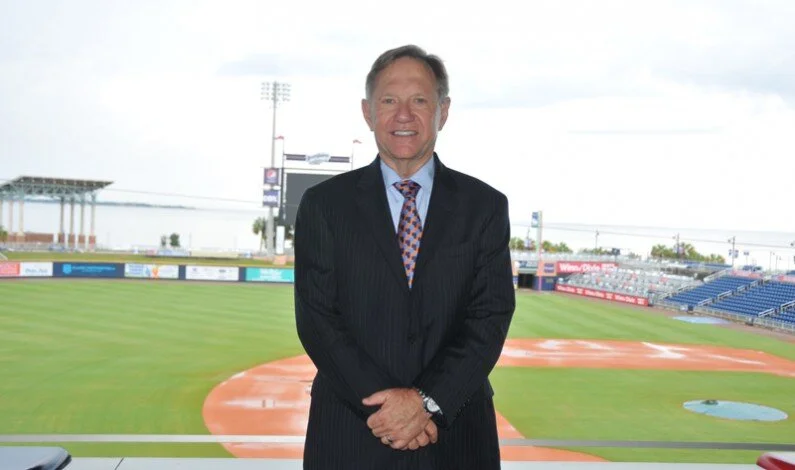Don't Let Your Sense of Caution Overwhelm Your Sense of Urgency
Image by Wilhelm Gunkel on Unsplash.
I have always been a fan of John Kotter. His writings remind us that if we want to overcome complacency and drive change, we must create and maintain a sense of urgency. In fact, in his 8-stage model of change, “establishing a sense of urgency” is the first step.
Now that we have turned the corner into 2021, I have been thinking a lot about urgency as it pertains to the growth and revitalization of our communities. In general, I find many people think they have more of a sense of urgency than they really do. And after struggling under a global pandemic for almost a year, that sense of urgency has dwindled away in many cases.
This is understandable. COVID-19 instilled an abundance of caution in our lives, and for good reason. We’ve had to be incredibly cautious to protect our own health and that of the people around us. But I also think that sense of caution has spilled over into other parts of our lives to the point that it may put us at a disadvantage moving forward.
Life rewards action. I have always agreed with this principle, and COVID hasn’t changed that. As community leaders and business leaders, we cannot allow ourselves to be paralyzed into inaction.
At the moment, many communities are under the yellow caution flag. Some may even be under the red flag and at a complete standstill. Yet hopefully sooner rather than later conditions are going to improve to the point that the green flag will drop. When that happens, we will need to be ready to go, and that means we cannot stop moving forward.
Here are a few insights as you look ahead to your plans for 2021:
Slow and steady is better than standing still. Just keep moving forward. Keep your focus on execution. A slow pace doesn’t mean that nothing is happening. It just means the big payoff may be down the road a little.
Remember the lesson from baseball: “Small ball” gets big results. I’ve written about this before, but it bears repeating here. And all of these little improvements add up quickly. One quick win leads to the next quick win, which leads to the next quick win. Before you know it, you start to see a big impact on your community.
Don’t get too hung up on money. Do the best you can with what you have right now. As Chuck Marohn teaches us, making one small, incremental improvement at a time is a better path to growth than launching big, expensive projects that are unsustainable over the long-term.
Perfection can’t be the standard. Imagine that you are cruising down the onramp waiting to merge onto a busy highway. If you wait till conditions are perfect, you’ll go nowhere. Sometimes you just need to pull into traffic. Go ahead and make some plans to move your community forward, even knowing you may have to adjust them later.
Announce some plans now. Even if you don’t have an exact date, or if you know things might change, go ahead and share your intentions with the community. For example, Major League Baseball has announced its Opening Day: April 1, 2021. Sure, we all know there are no guarantees and so do the baseball leaders. But announcing Opening Day really got baseball fans excited and stirred up a lot of momentum.
Always remember that people need something to look forward to. As community leaders, our job is more than creating vibrant downtowns, attracting investment, and supporting local business owners. We are also unofficial psychologists. We are instillers of community pride, momentum generators, and most importantly, creators of hope.
Without hope for a better future, we wouldn’t have made it this far. Let’s keep showing citizens what’s possible—in fact, what’s already underway—as we move forward into 2021.





For decades, we've been living under an unspoken grand bargain when it comes to housing. Most people don’t think about explicitly, but it shapes nearly every conversation we have about growth, change and affordability in our cities and towns. It’s time to change the conversation.